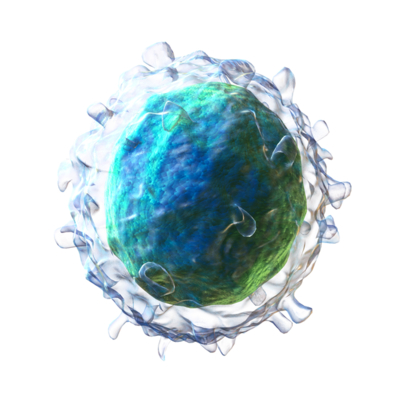
About one year ago, a promising form of cancer treatment suffered a serious setback. The treatment is a type of immunotherapy that uses a cancer patient’s own white blood cells to fight the cancer. This is done by adding a gene to the patient’s white blood cells that allows those cells to recognize and kill the cancer cells. This type of therapy is promising because it is specific to the patient and cancer. However, in this case, the treatment backfired, causing the patient to die just 9 months after a brief remission.
According to a research report about the case, one of the patient’s cancer cells had been accidentally changed along with his white blood cells. This made that cancer cell “invisible” to the white blood cells, allowing it to survive and reproduce. Although this outcome is extremely rare (the only one of its kind) it shows a potential risk of this treatment approach. The results also showed that a single cancer cell, if unstopped, is enough to lead to the death of a patient.
